

Hello my dear friend,
I found a strange game on my computer a few days ago. I have tried to find out how it works but have failed in all my attempts. I hope you have more luck than I have. Please tell me if you can figure it out, because I think it's driving me C̷̖̆͊R̸̢̮̍Å̵̘̪̚Z̴͔̲̈́Ỳ̸̒ͅ. I'm sure the guide holds the key to solving it, but if not, you can always have some fun with the sinuous movements of the strange creatures that live in this game. I hope you enjoy it.
With love,
@beleitax
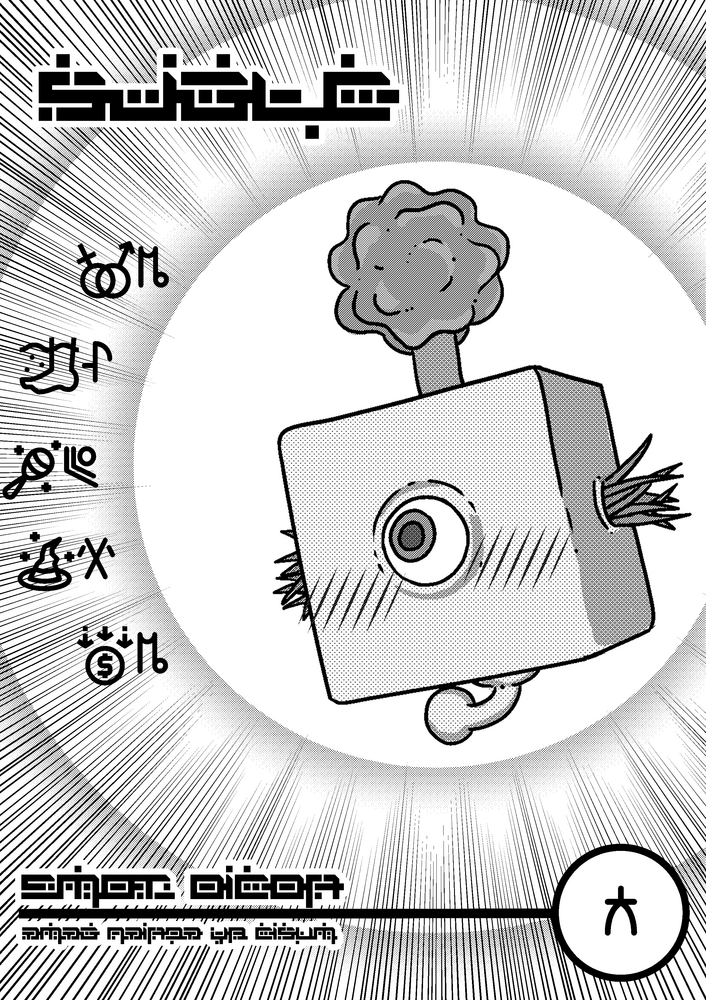
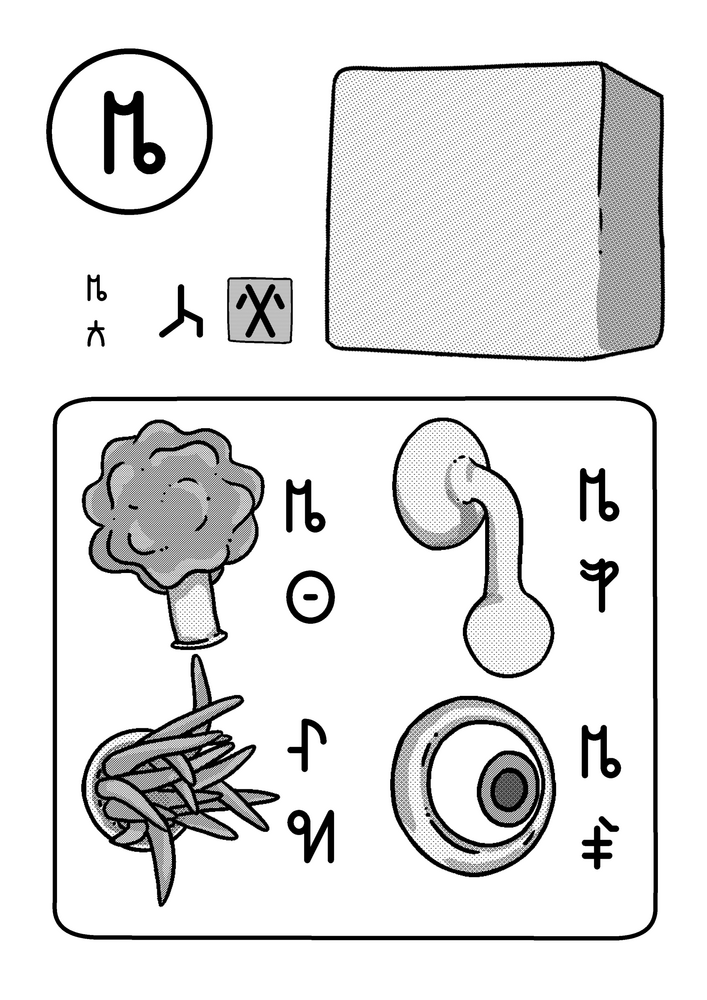
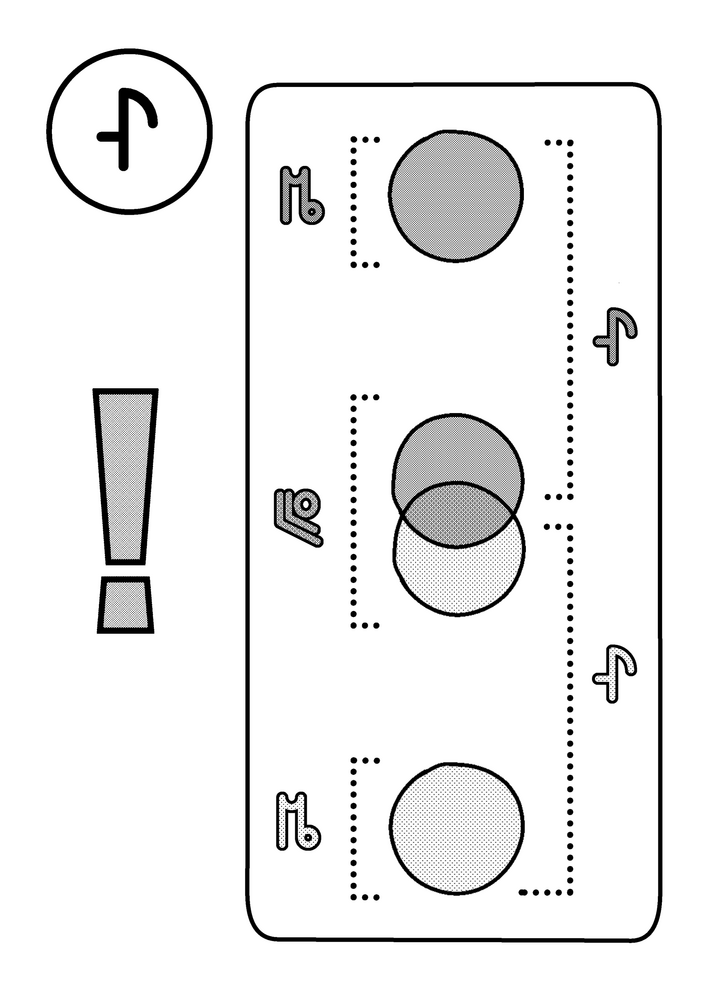
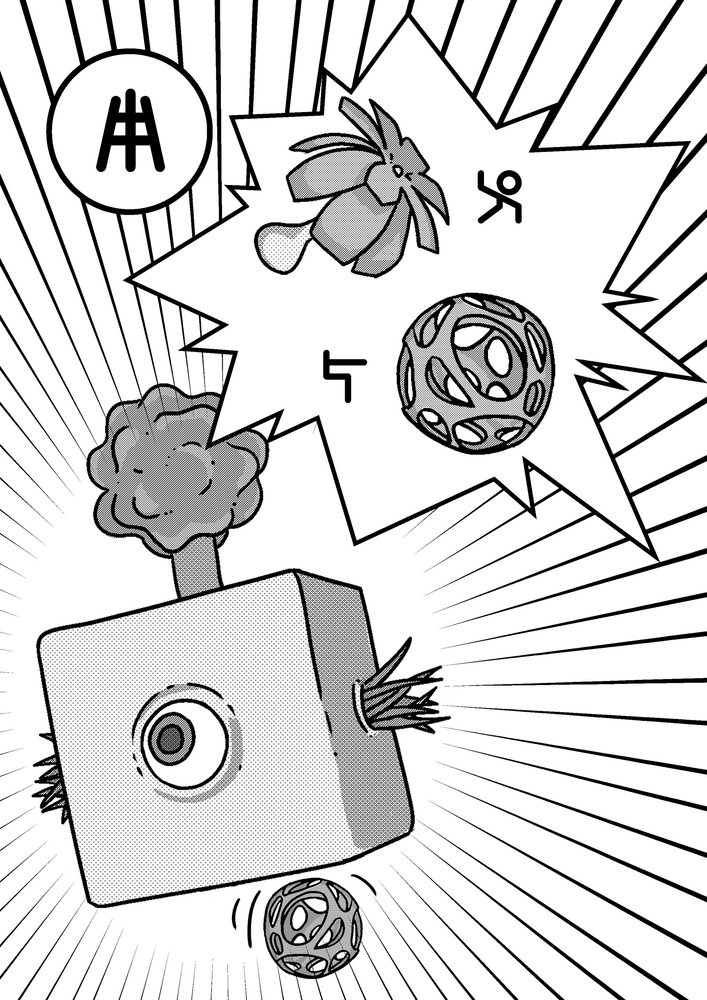
Can I use the art I find here? How should I credit the artist?
Yes, you can use any of the art submitted to this site. Even in commercial projects. Just be sure to adhere to the license terms. Artists often indicate how they would like to be credited in the "Copyright/Attribution Notice:" section of the submission. You can find this between the submission's description and the list of downloadable files. If no Copyright/Attribution Notice instructions are given, a good way to credit an author for any asset is to put the following text in your game's credits file and on your game's credits screen:
"[asset name]" by [author name] licensed [license(s)]: [asset url]For example:
"Whispers of Avalon: Grassland Tileset" by Leonard Pabin licensed CC-BY 3.0, GPL 2.0, or GPL 3.0: https://opengameart.org/node/3009OpenGameArt Search + Reverse Image Search
Hint: Start search term with http(s):// for reverse image search.
The Hidden Palace is a community dedicated to the preservation of video game development media

Commonspoly is a free licensed board game which promotes cooperation and the act of commoning.
New rules for old games! The Board Game Remix Kit is a collection of tips, tweaks, reimaginings and completely new games that you can play with the board and pieces from games you might already own: Monopoly, Cluedo, Scrabble and Trivial Pursuit.
The 26 rule tweaks and new games include:
Full Houses: poker, but played with Monopoly properties
Citygrid: a single-player city-building game
Use Your Words: Scrabble with storytelling
Them's Fightin' Words: a game of making anagrams, and arguing about which one would win in a fight
Hunt the Lead Piping: hiding and searching for the Cluedo pieces in your actual house
Guess Who Done It: A series of yes/no questions to identify the murderer (contributed by Meg Pickard)
Zombie Mansion: use the lead piping to defend the Cluedo mansion
Judy Garland on the Moon with a Bassoon: a drawing game that uses the answers to trivia questions as prompts The Board Game Remix Kit was originally released in 2010 by the company Hide&Seek (which closed in 2014). We are releasing it here as a pdf (for phones/computers) and an epub (for ereaders) under a CC-BY-SA license.
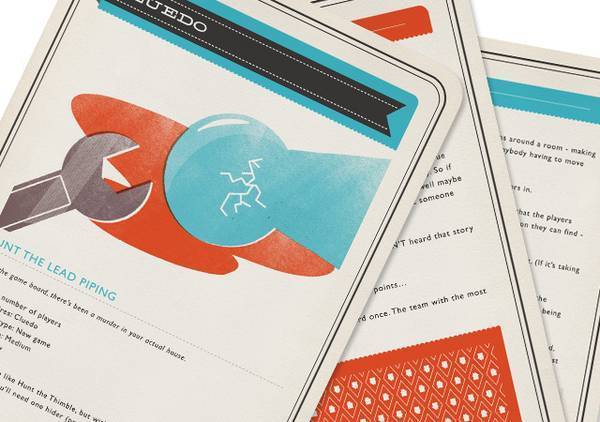
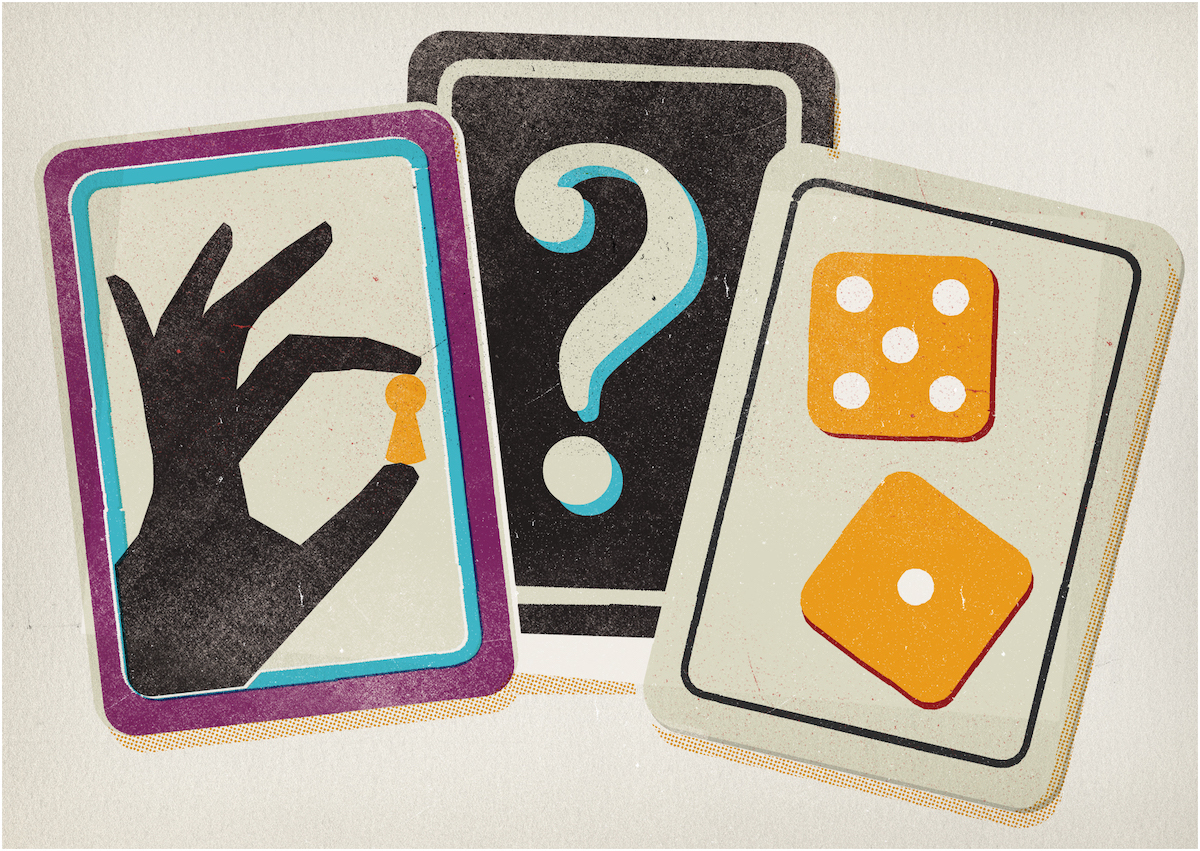

And 5,000 years ago, in what is now southeast Turkey, a group of Bronze Age humans created an elaborate set of sculpted stones hailed as the world’s oldest gaming pieces upon their discovery in 2013. From Go to backgammon, Nine Men’s Morris and mancala, these were the cutthroat, quirky and surprisingly spiritual board games of the ancient world.
/https://public-media.si-cdn.com/filer/38/e6/38e69780-ce0d-4069-9a49-18dc636ee04e/dp310299.jpg)
/https://public-media.si-cdn.com/filer/a5/15/a515217b-5b82-49c5-8ca6-ebda65f92116/mancala.jpg)
This site tries to gather open-source remakes of great old games in one place. If you think that something is missing from the list - please go to our GitHub repository and create an issue or even a pull request!
Since all these projects are open-source you can help them and make this world a better place. Or at least you can play something to appreciate the effort people put in them.

Quote from https://en.wikipedia.org/wiki/Everything_(video_game) :
Everything is a simulation game where the player has the ability to explore a procedurally generated universe and control various objects within it. The player starts as one of several possible creatures and has the ability to move around. Initially, the player can shift their control to any creature or object smaller than the current one they occupy; this shifts the scale of the game to reflect this. Eventually the player can only shift into smaller and smaller parts of matter, down to the sub-atomic level, after which the game then allows the player to shift to larger objects as well. From this point, the player can take forms that include landmasses, planets, and whole star systems. As the player moves and shifts forms, they will find other creatures or objects speaking to them. The game uses a number of levels of "existence", representing different length scales, which the player can move between as they shift into different objects.
When a player occupies a form for the first time, that object is added to an in-game encyclopedia catalogued by type. At any time, the player can shift to any form they have already previously inhabited, though this form will be scaled appropriately to the current scale the player is at: taking the form of a planet in the middle of a street will produce a miniature-sized planet. A goal of the game is to complete this encyclopedia and occupy all objects available in Everything. Throughout the game, quotes from philosopher Alan Watts are given to the player. If the player lets the game sit idle, the game will cycle through various scenes on its own.
Once the player has completed the game through completing the encyclopedia, they can start in a New Game Plus-type mode, but here starting from any random object in the game.
More from Alan Watts : https://www.postbelief.org/alan-watts-out-of-your-mind/
http://files.diydharma.org/Alan_Watts/
https://repo.palkeo.com/esprit/philo/Alan%20Watts-%20Out%20of%20Your%20Mind%20%28Essential%20Lectures%29/

Water Yam is an artist's book[1] by the American artist George Brecht. Originally published in Germany, June 1963[2] in a box designed by George Maciunas and typeset by Tomas Schmit, it has been re-published in various countries several times since. It is now considered one of the most influential artworks released by Fluxus,[3] the internationalist avant-garde art movement active predominantly in the 1960s and '70s. The box, sometimes referred to as a Fluxbox or Fluxkit, contains a large number of small printed cards, containing instructions known as event-scores, or fluxscores. Typically open-ended, these scores, whether performed in public, private or left to the imagination, leave a lot of space for chance and indeterminancy, forcing a large degree of interpretation upon the performers and audience.
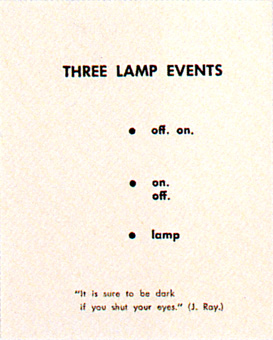
Un bref résumé pour chaque jeu, des étiquettes pour identifier chaque style, genre, thème.
L’idée n’est pas de faire une critique de chaque jeu, juste de te permettre de guider tes lectures et tes choix en fonction de ce que tu recherches.
Out now for iOS [http://4dtoys.com/ios] and Steam (Vive VR or Mouse+Keyboard) [http://4dtoys.com/steam]
Showing 4D Toys and an explanation of how 4D objects would look like and bounce around from the perspective of a 3D being.
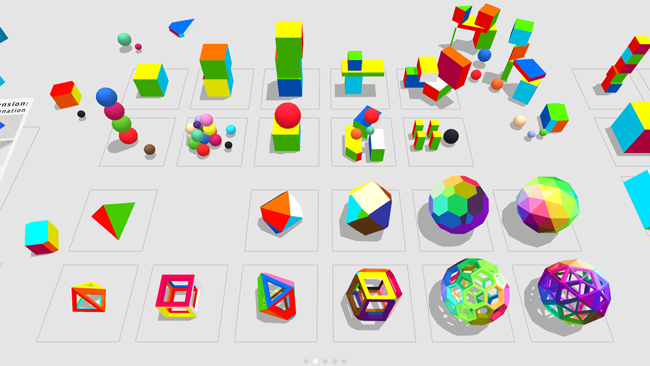
Server offering chip music in all formats (MOD, XM, S3M, SID, YM, SAP, IT, AdLib) and platforms (Amiga, PC, Spectrum, NES.)
https://en.wikipedia.org/wiki/Chiptune

Polybius is a supposed arcade game featured in an Internet urban legend. According to the story, the Tempest-style game was released to the public in 1981, and caused its players to go insane, causing them to suffer from intense stress, horrific nightmares, and even suicidal tendencies. A short time after its release, it supposedly disappeared without a trace. Not much evidence for the existence of such a game has ever been discovered.
Imagine you're a game producer in the late 1980s, a week before the deadline and you still haven't got a cover for your game. Exhausted from crunchtime, you tell your illustrator to just rip off some Schwarzenegger action movie to get the job done. Careful, your subordinate might take the order all too literally! When artwork in video games seems to look too realistic to be actually drawn by the artist, then it actually might be too realistic, as many vintage games have stolen images from movies, album covers, paintings and even other games. The subject here aren't simply inspired designs or characters (in that case, we'd be here all day just counting the games influenced by Nausicaä, Hokuto no Ken or Alien), but actual specific images that might have been traced, digitized or just used as direct reference. This first page is reserved for print material that goes with a game release (covers, flyers, manuals, etc.), while on the next page we'll be diving into the games themselves. Some of these are well known, others more obscure, but they all have something in common: They would likely have gotten their artists sued if the original images' copyright holders had ever seen them; a gallery of litigations that could have been, so to speak.
FRACT is a first person adventure game for Windows & Mac much in the vein of the Myst titles, but with an electro twist. Gameplay boils down to three core activities: Explore, Rebuild, Create. The player is let loose into an abstract world built on sound and structures inspired by electronic music.
It’s left to the player to explore the environment to find clues to resurrect and revive the long-forgotten machinery of this musical world, in order to unlock its’ inner workings.
Blog about Game Design, Games and Computer Art
The Unfinished Swan is a first-person painting game set in an entirely white world. Players can splatter paint to help them find their way through an unusual garden.
The purpose of Tale of Tales is to create elegant and emotionally rich interactive entertainment. We explicitly want to cater to people who are not enchanted by most contemporary computer games, or who wouldn t mind more variety in their gameplay
4LeftFeet is a stand-alone "robot" that utilizes artificial intelligence to play Dance Dance Revolution (DDR).
Orisinal.com by Ferry Halim with These Little Pigs, Bubble Bees, Chicken Wings, Bum Bum Koala, Snowbowling, Dare Dozen, Cranky Crabs...
Can computer games be considered as art? Can computer games be used as political tools? Can computer games go beyond the screen? The exhibition Arcade showed a number of experimental, artistic, modified and political game works that challenge the audience
Classic game meet modern art
The google maps flight sim
Real time interaction 3d software
Sound game by toshio iwai
The home of creative play
World's smallest website
Multimedia designer